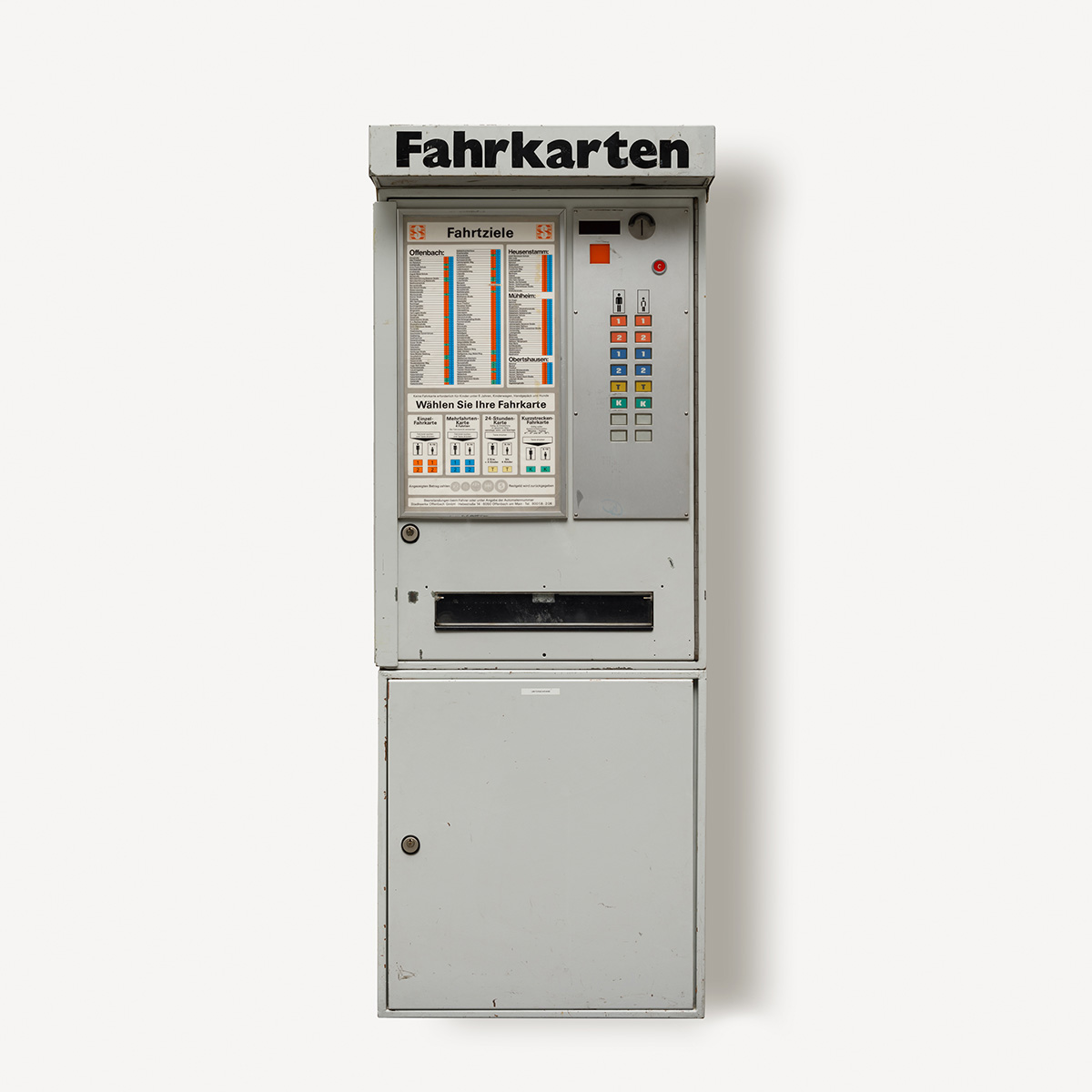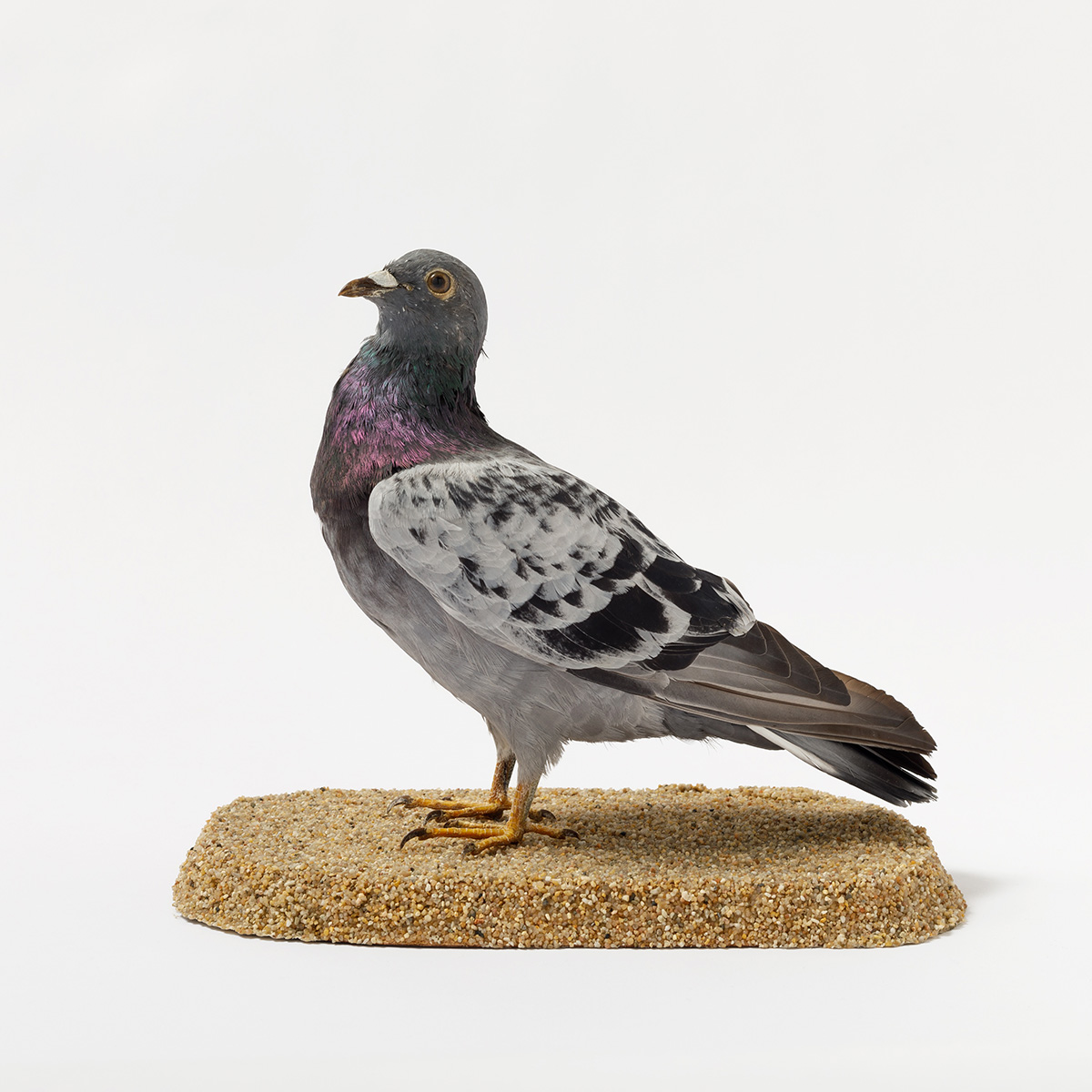ART CITIES: Frankfurt-John Cage’s Museumcircle
 Widely considered the most influential composer of our time, John Cage’s inventive and unorthodox approach revolutionised contemporary music and his influence extended across a range of artistic spheres, encompassing visual art and dance. He was central to New York Avant-Garde circles, together with his partner the choreographer Merce Cunningham, forging close friendships with artists including Jasper Johns and Robert Rauschenberg.
Widely considered the most influential composer of our time, John Cage’s inventive and unorthodox approach revolutionised contemporary music and his influence extended across a range of artistic spheres, encompassing visual art and dance. He was central to New York Avant-Garde circles, together with his partner the choreographer Merce Cunningham, forging close friendships with artists including Jasper Johns and Robert Rauschenberg.
By Efi Michalarou
Photo: MMK Archive
On the occasion of the exhibition project by John Cage “Museumcircle” the MMK is bringing all of Frankfurt’s museums together for the first time. In 1989 John Cage started working on a commissioned project for the Museum of Contemporary Art, Los Angeles – a chance-derived, four-movement composition for museum entitled “Rolywholyover A Circus”. This was a long-term performative, multicentred event for gallery installers, audiences, artworks, artifacts, scores, plants, stones, books, chess tables, chairs, and pieces of ephemera. While doing trials and preparations, Cage composed two other compositions for museum, both smaller in scale: “Changing Installation” (1991) for the Mattress Factory in Pittsburgh and” museumcircle” (1991) for the Bayerische Staatsgemäldesammlungen, Neue Pinakothek in Munich. Cage wasn’t the first artist, of course, to explore the museum-exhibition apparatus, Marcel Duchamp, who significantly influenced Cage, for example produced a series of interventions as a curator-designer of exhibitions from as early as 1938. But while Duchamp’s interventions radically re-conceived what the space of an art exhibition could look like, but his exhibition strategies manifested something new. As a composer, Cage created exhibitions in a manner akin to the ones he used to create his musical compositions, and as such, his exhibitions functioned like his music. By that, Cage deconstructed the governed gallery experience and formed a new field of research – the composer as curator – where the exhibition space adopts sound composition principles, and thereby, alters the concept of exhibition-making. In 1991, John Cage notated his project as follows: “To make an exhibition in the museum (of a specific town) of articles from other museums (of the same town), hung or placed in chance-determined positions. To bring this about, each museum may offer to loan, say, a dozen objects. From this potential source, chance operations will be used to select the actual ones to be used”. This simple but precise concept aims towards the complete dehierarchization of objects from a wide range of collections. The exhibition shows the loans non-chronologically, ahistorically, and decontextualized. The composer and artist thus withdrew the objects from the interpretive authority of museums, which is otherwise manifest in the arrangement, reconstruction, and valuation of historical artifacts and contexts. The final selection of the works and their placement in the exhibition space are based on chance—a principle John Cage adopted from Marcel Duchamp. Here, he was referring to Duchamp’s works such as “Erratum Musical” (1913) and “3 stoppages étalon” (1913–14). For “Erratum Musical”, the notes of a composition were chosen randomly, and in the case of “3 stoppages étalon”, Duchamp dropped a horizontally held one-meter-long thread from a height of one meter. After performing this procedure a second and third time, he fixed the three threads with varnish exactly as they had landed. Mounted on wooden measuring sticks, they formed new standards of chance to serve as a guideline for the art of the twentieth century. Cage gave expression to this in his 26 Statements Re Duchamp (1963), stating, for example: “One way to write music: study Duchamp”. Based on the I Ching John Cage and the composer Andrew Culver developed the so-called “random generator” in the 1970s, a computer-generated random protocol to replace the throwing of dice or a coin. Independent of epoch, format, material, or genre, a method such as this one also insists on the intrinsic esthetic nature of the individual object, in keeping with the notion of the objet trouvé. According to the artist, Museumcircle is not an exhibition in the traditional sense, but rather a composition for a museum, a kind of quodlibet, a simultaneous sonority of the kind Cage used as far back as 1949. Subtly anarchical and at the same time liberating, already the title implies a roundelay in which several acts take place simultaneously. The show allows its visitors to decide entirely at their own discretion which objects they would like to pay particular attention to and, in the process, to experience whatever comparisons or analogies, dissonances, or even surprising coincidences that might ensue.
Photo: John Cage, 640 numbers between 1 and 10, © The John Cage Trust, Courtesy MMK
Info: ZOLLAMTMMK, Domstraße 3, Frankfurt am Main, Germany, Duration: 11/12/2021-20/3/2022, Days & Hours: Tue & Thu-sun 10:00-18:00, Wed 10:00-20:00, www.mmk.art


Right: Lime container, n. d., Weltkulturen Museum, photo: Axel Schneider












\

